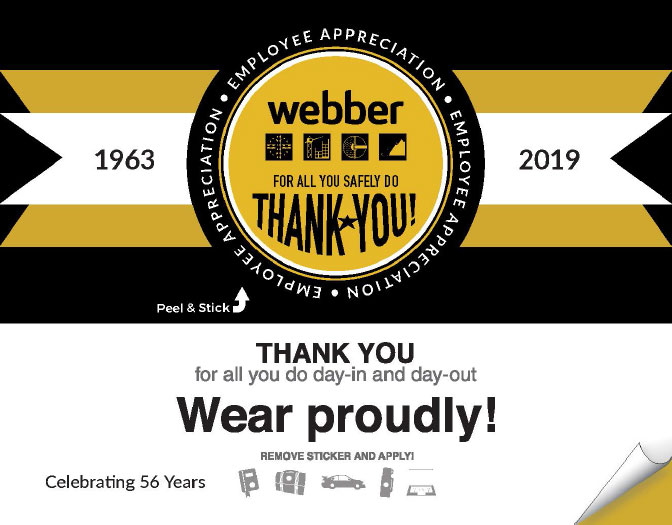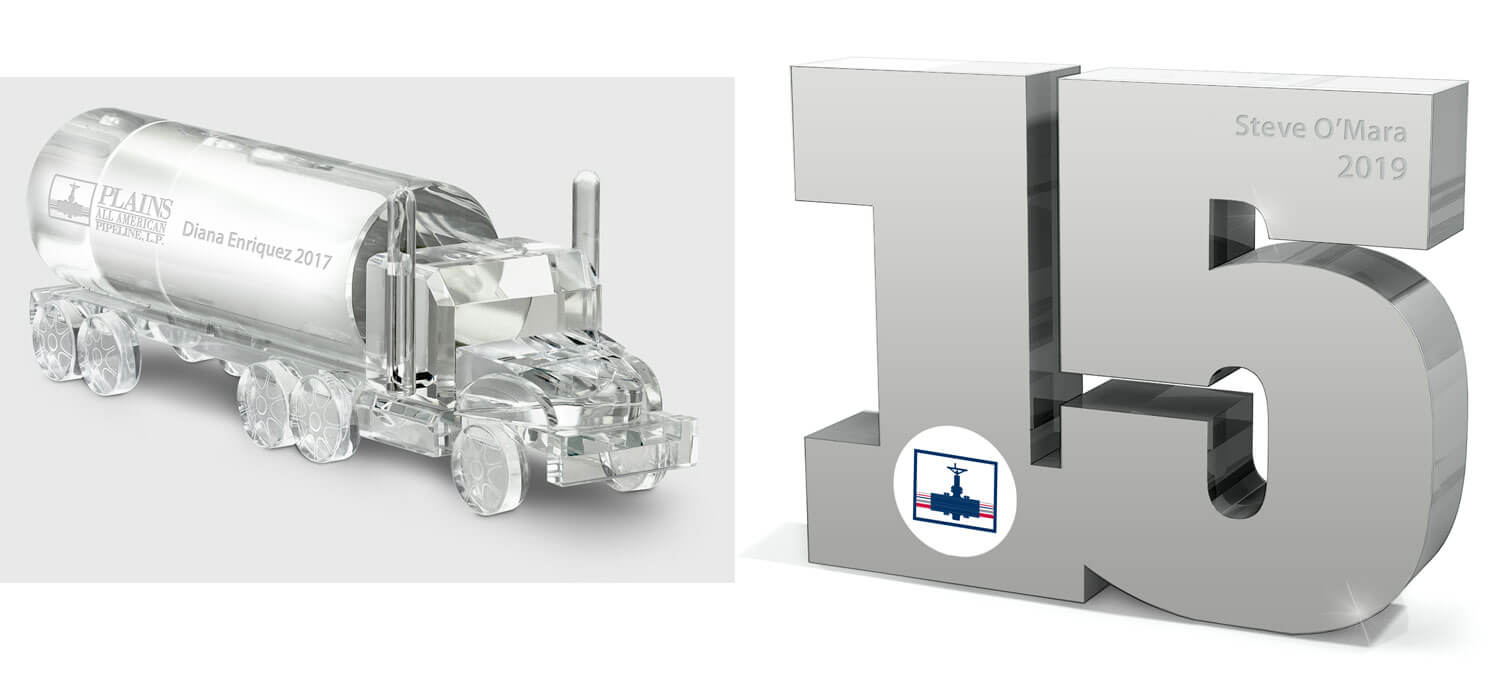Workplace Ghosting
It’s spooking employers everywhere
Have you been stood up at the office recently? Don’t take it personally and know you’re not alone. In a recent webinar we hosted on this topic, 75% of HR professionals said they or their organization have been ghosted at work. Recruiters are seeing 20-50% of interview candidates not showing up. For many HR pros, that’s actually a blessing compared to those who show up for the first few days or months and then leave without a trace.
Why are candidates and new hires vanishing?
- It’s a candidate-driven labor market. During good economic times candidates have choices. Demand for certain positions and skillsets is outpacing supply. According to LinkedIn, 1 in 3 employees is actively looking for work and half of employees would be open to hear from a recruiter, even if they say they aren’t actively looking. We’re all competing for talent… and candidates know it. This doesn’t excuse the behavior but does explain why it’s more prevalent than ever.
- Technology has made communication less personal. There’s no question technology and social tools have made us more efficient and less biased in finding and screening potential talent. However, an over reliance on technology in the frenzy to fill a position can reduce face-to-face conversations and personal interactions needed to connect with people. It’s these personal connections that differentiate your opportunity helping you stand out (and avoid being stood up).
- Candidates are doing their homework. Know that candidates are researching you; they’re assessing your company culture and employee engagement through Glassdoor and social media. If they don’t like what they read or feel it’s not a good fit, unbeknownst to you, the position may be removed from their shortlist. According to Glassdoor the average job seeker reads at least six reviews in the process of forming an opinion on a company.
What you can do about it
There are a few things you can do to avoid candidates/new hires going missing in action.
1. Stay close to your candidates
I spoke with the VP, Talent Acquisition for a large global financial services firm that had seen an uptick in new hires failing to arrive on the first day or quickly quitting. She coaches her team to:
- communicate more often, honestly and openly about the company and position
- ask about hobbies and interests, personal and professional goals
- inject a bit of personality and humour into the process
Ask questions such as:
- What other opportunities are you looking at?
- How do we compare?
- What about this position interests you?
- What would make you hesitant to accept this position?
Once the candidate has accepted an offer, she recommends hiring managers stay close to their top candidates to mitigate and assess the risk of no shows or second thoughts:
- Call and see how their resignation went
- Shorten the length of time between offer and start date
- Send paperwork before start date and communicate orientation plans
- Invite new hire to a team event to foster social connections early
Multiple touch points can be red flags and avoid a costly no show or early departure. Don’t worry about over-communicating, it’ll show serious candidates how excited you are for their arrival.
2. Rejuvenate your Onboarding Program
Most orientation programs are geared to Boomers and Gen Xers who are more inclined to watch PPTs and read through binders of information. Millennials aren’t interested in PowerPoints. They want something team-based and interactive. Here are some ideas to create a more engaging and effective onboarding program:
- Ask your President to meet with the new hire. Who better to discuss your company’s mission, vision and values?
- Match each new hire up with a buddy. Someone in a similar position but outside the immediate team. A buddy improves critical social connections and is someone a new person can safely ask questions. Note: Don’t forget to recognize and reward your buddies for their time and help
- Develop a structured onboarding program that lasts longer than the first week. CSI STARS Onboarding has a series of well-thought out touch points ensuring managers and new hires meet regularly, solicit feedback and discuss learning opportunities before an issue escalates
- Train your managers on how to mentor. You know the saying…employees don’t leave companies, they leave bad managers. Not enough mentoring is happening from day 1. Millennials were raised in activities and sports that involved coaching and teamwork. They may not want their jobs micromanaged but they appreciate having someone micromanage their careers.
Companies with standardized onboarding processes see significantly greater new-hire productivity and retention. Check out SHRM’s comprehensive library of Onboarding resources.
3. Focus on Culture. Culture. Culture
More often than not, if ghosting is a big problem in your organization, it’s a symptom of a bigger problem with your culture. In a tight labor market, employees won’t stick with you if they aren’t being treated well or sold a culture that doesn’t reflect reality. They are looking for a dynamic, positive culture they can be proud to tell their family and friends about. According to a Recruiting and Onboarding Trends Study, 33% of new hires are leaving in the first 6 months and 25% within 12 months. Even executives questioned in a 2017 Korn Ferry Futurestep poll considered retention of new hires one of their top issues, with nearly 20 percent saying new employees left because they disliked the company’s culture.
What’s the #1 way to improve your culture?
Recognize your people’s contributions. It’s the most underutilized tool in business and an unlimited resource at every company, regardless of size.
Today’s HR platforms make it easy for managers and peers to give and receive thanks, share successes, welcome new hires, get a pulse on morale and reward results. All these small acts of recognition, when multiplied by many enhances a company’s culture and drives growth.
The Payback?
According to Deloitte’s research, organisations with highly-engaged employees experience less turnover and a three year revenue growth 2.3 times greater than average. That’s a scary good reason to call on some ghost busting strategies.
To learn more about how to prevent Ghosting in the Workplace:



















